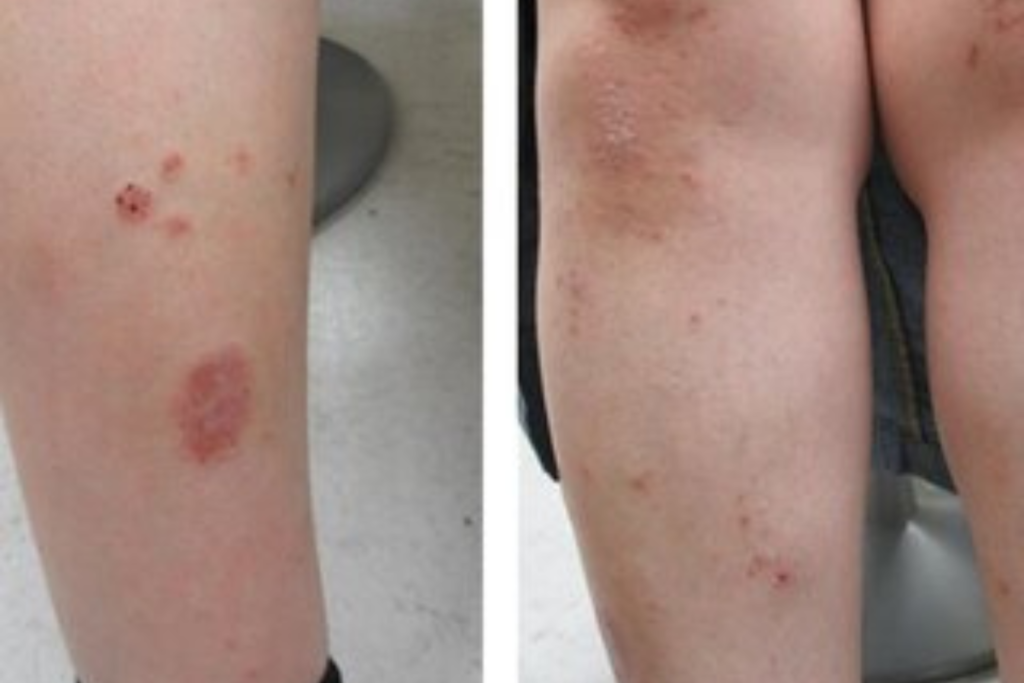Naho is a chemical used in many industries and households. It can affect your skin if you touch it while using it or if it spills by accident. Knowing how it can harm you, what to do right away, and how to stay safe is very important. This article explains the risks of Naho, how to handle it safely, and when to get medical help
What Is Naho?
Naho is a man-made chemical used in industrial production and cleaning products. Its ingredients can change depending on how it is used, but it usually includes strong chemicals that can react with organic materials, like skin. If you work with Naho, make sure to follow safety rules, such as wearing gloves and protective clothing, to avoid harm. Always read the label or instructions before use. Naho is frequently found in:
- Industrial degreasers
- Household cleaning products
- Lubricants for machinery
- Specific laboratory applications
How Does Naho Affect Skin?
Your skin is your body’s first line of defense, but certain substances, like naho, can breach this barrier. When it comes into contact with skin, it may cause irritation, redness, or even burns, depending on how strong the chemical is and how long the skin is exposed. In some cases, Naho can lead to allergic reactions or dryness. To avoid these effects, it’s important to wear gloves and protective clothing when handling Naho. If Naho touches your skin, wash the area immediately with water and seek medical advice if irritation continues. Always follow safety instructions provided on the product label.

Analogy: A Surprise Visitor
Imagine your skin as a gated community. When naho shows up, it’s like an unexpected visitor who may bring harmless gifts or, occasionally, chaos. Understanding this dynamic helps you prepare for any eventuality.
First Aid for Naho Exposure
If you’ve gotten naho on your skin, don’t panic! Follow these steps to minimize its impact:
- Rinse immediately use cool, running water to wash off the substance.
- Avoid scrubbing gentle cleansing is key to prevent spreading the substance.
- Apply a barrier cream this can soothe irritation and protect the skin.
- Monitor for symptoms watch for worsening redness, swelling, or pain.
- Do not use harsh chemicals avoid applying alcohol, vinegar, or other substances that could react with naho.
- Do not delay rinsing immediate action minimizes damage
Medical Treatments
Medical attention should be sought if the skin shows signs of severe reaction, such as persistent pain, swelling, or open wounds Sometimes, first aid isn’t enough. Doctors might prescribe topical steroids, antihistamines, or other medications based on the severity. Seek medical help if:
- The affected area becomes increasingly painful.
- Blisters or open sores develop.
- You experience systemic symptoms like fever or dizziness.
- Persistent pain or swelling
- Blisters or open wounds
- Difficulty breathing
- Dizziness or nausea
- Severe burns
- Signs of infection, such as pus or fever
How to Prevent Exposure?
Prevention is always better than cure. To stay safe, you should wear protective gear like gloves, long sleeves, and face masks to shield your skin from naho. It is also important to familiarize yourself with environments where naho might be present to avoid accidental contact. Additionally, ensure that substances containing naho are properly stored in secure containers to minimize any risks of exposure.
Naho in Everyday Life
Surprisingly, naho might be closer than you think. It’s often found in [mention products, environments, or processes. Understanding its common uses can help you handle it responsibly.
False Stories About Naho
Let’s bust some myths:
- “Naho is always dangerous.” Not true! Controlled use is safe in many cases.
- “You don’t need to wash it off immediately.” Delayed action can worsen effects.
- “Naho exposure is irreversible.” Prompt treatment can often resolve issues.
FAQs
Naho’s toxicity depends on the concentration and exposure duration. In small amounts, it’s often harmless but can irritate sensitive skin.
While some home remedies might provide temporary relief, it’s best to follow first aid guidelines and consult a doctor if needed.
No, reactions vary based on skin sensitivity, health conditions, and exposure levels.
Mild reactions may resolve in hours, while severe cases might take days or require medical treatment.
Prolonged or untreated exposure might cause scarring, especially if blisters or chemical burns occur.

Hi, I’m Aashley Kai! I graduated with a degree in Cosmetology and am certified in Dermatological Skincare. With over 20 years of experience, I have worked with top beauty brands and dermatologists to help people achieve healthy, glowing skin. I believe in preventative care and creating personalized beauty routines that bring out natural beauty. I also write beauty content for leading magazines and share expert skincare advice. My goal is to help people feel confident and beautiful in their own skin.




